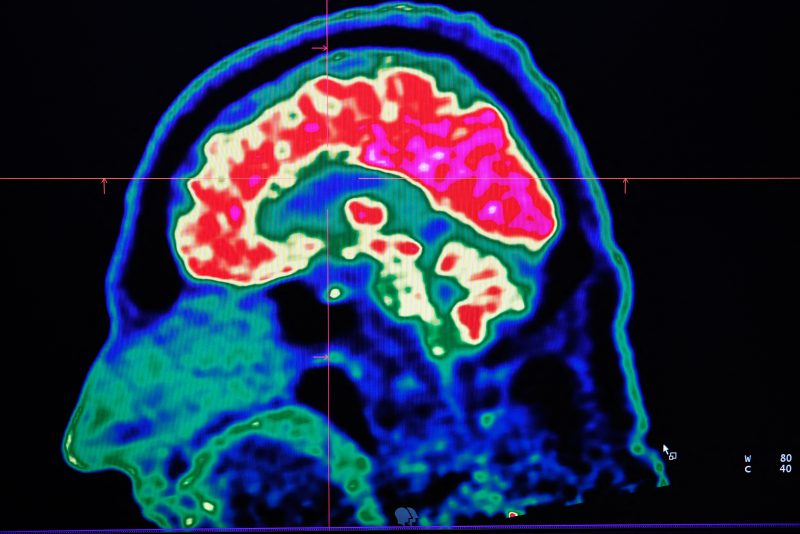

OAN’s Abril Elfi
6:31 PM – Wednesday, August 2, 2023
An assistant professor at the University of Connecticut has reportedly found compounds that hold the potential to treat Parkinson’s disease.
Advertisement
On Tuesday, UConn Health, a branch of the university, claimed that Yulan Xiong and her team discovered a key mechanism in Parkinson’s disease research.
Parkinson’s disease is typically caused by a gene mutation called LRRK2. One of the gene’s functions is regulating cell function and transmitting signals.
The mutation to LRRK2 does not cause the protein it codes for, dardarin, to become deformed. Instead, the body begins producing too much of the protein. Prior to the discovery, scientists did not know how to control this protein expression because they were unsure of the fundamental mechanisms.
As recently published by Xiong in The Embo Journal, the lab team reportedly solved this mystery when they identified an LRRK2 regulator, an enzyme called ATIC, and a potential pharmaceutical treatment.
In order to do this, the researchers ran a genome-wide search to find potential candidates for genes that control LRRK2 in yeast cells.
Xiong and PhD candidate Qinfang Liu discovered that the enzyme was controlling the gene at the messenger-RNA level rather than the protein level. Messenger-RNA is genetic material that instructs your body on how to build proteins.
“This was a surprising discovery,” Xiong says. “At the beginning we did a screening, we identified a candidate, and we found that it was targeted at the mRNA level. This is a new discovery for us too.”
Since the brain is mostly impacted by Parkinson’s disease, the researchers then examined ATIC in human neural cells as well as fruit fly and mouse models. AICAr, the precursor of ATIC substrate, a medication that mimics ATIC activity, was presented by Xiong and her team as a solution to drastically reduce LRRK2 levels.
“We used a primary neuronal culture to see how those candidates can regulate LRRK2,” Xiong says. “And we found that it can significantly regulate the LRRK2 expression.”
Preclinical studies with AICAr as a therapy for metabolic disorders, cardiovascular illnesses, and other problems have also shown promise. The blood-brain barrier had been a significant hurdle to AICAr’s usage in the treatment of Parkinson’s disease.
To address this issue, Xiong and her colleagues are now modifying AICAr.
Uconn’s Technology Commercialization Services (TCS), has joined Xiong and her team with the goal of further advancing this technology. As they are continuing with animal models, the team hopes to be able to move in with clinical human trials.
Stay informed! Receive breaking news blasts directly to your inbox for free. Subscribe here. https://www.oann.com/alerts





Be the first to comment